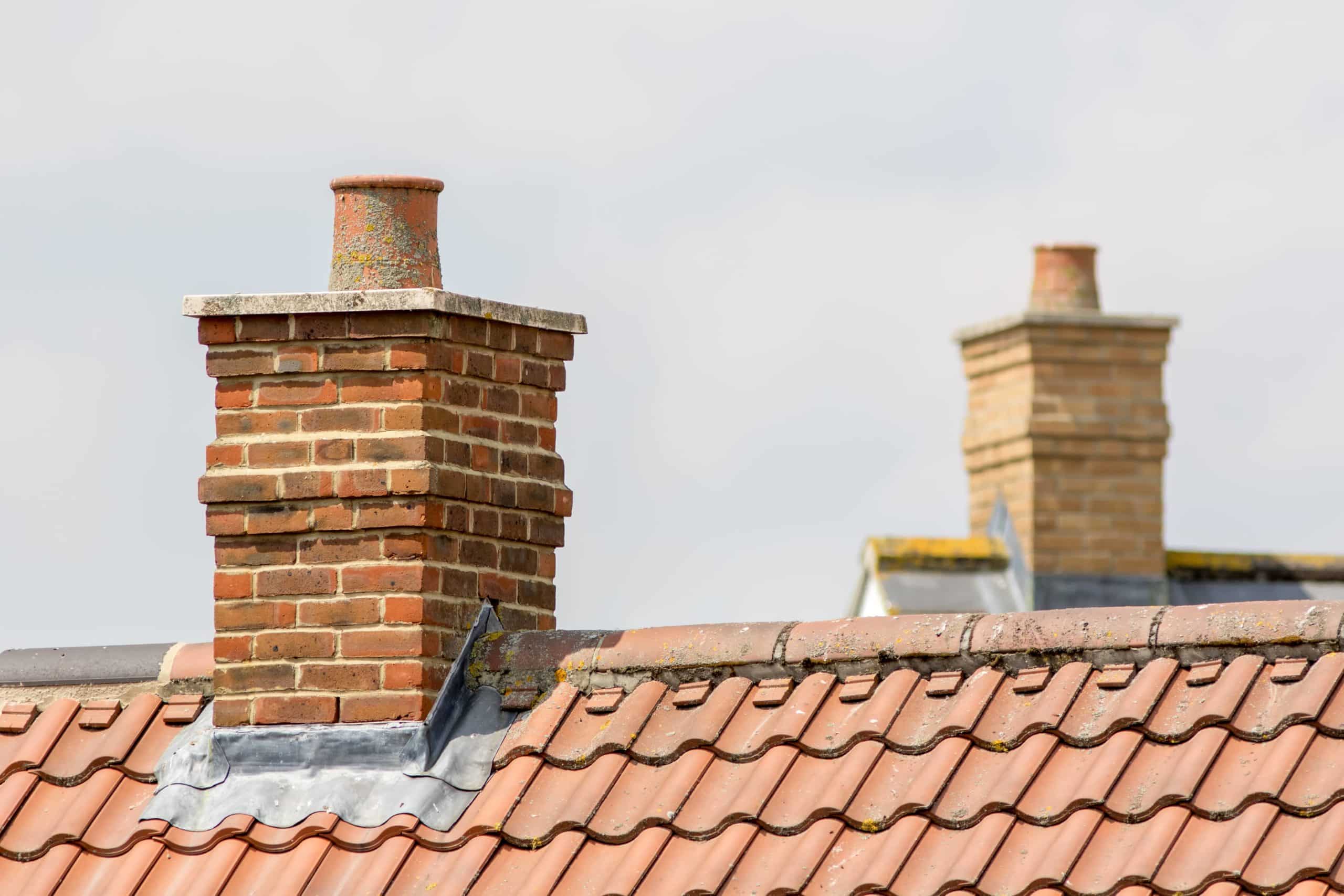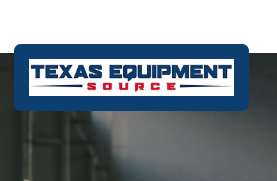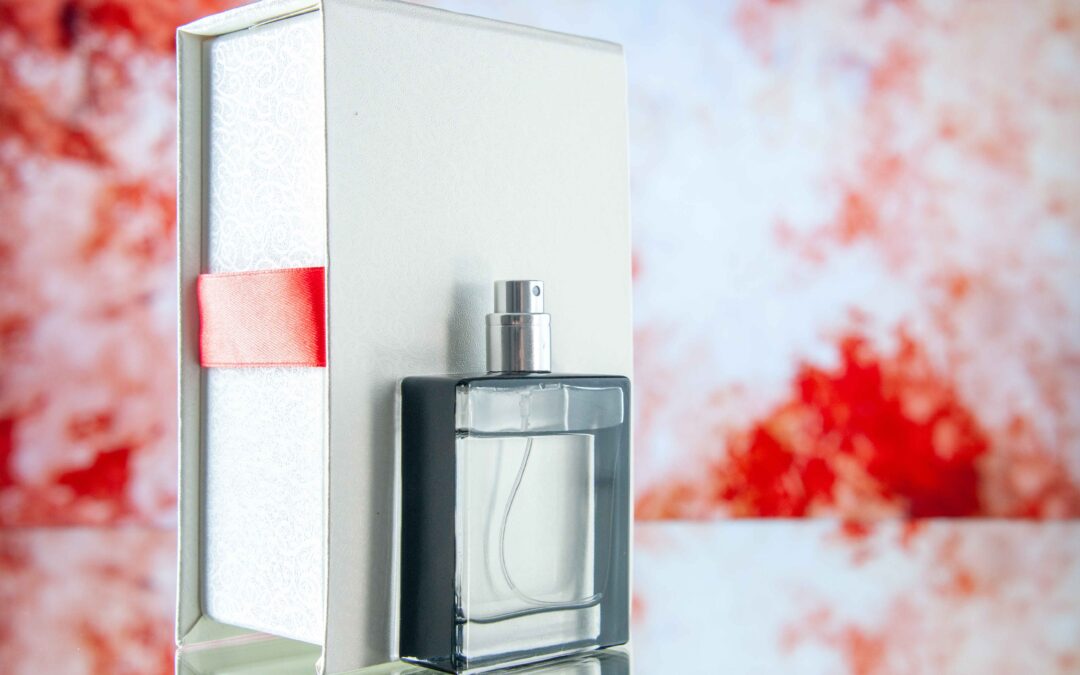If your Fort Worth home has a fireplace, you probably love those toasty evenings by the fire, especially when the Texas wind starts to howl. But behind those cozy moments is a chimney liner quietly doing its job. Not many people think about this part of their chimney, but ignoring it can lead to some real trouble—sometimes even a fire risk. Let’s dig into how you can tell when your chimney liner is becoming a problem, and what to watch out for to keep your family and home safe.
“A fireplace brings warmth and peace, but a neglected chimney liner can turn comfort into catastrophe.”
Key Features: What’s the Deal with Chimney Liners?
Think of the chimney liner as your fireplace’s invisible bodyguard. It lines the inside of your chimney and keeps heat, smoke, and gunk from sneaking into the walls of your house. Most homes in Fort Worth have one of three liner types: clay, metal, or ceramic. Each has its own strengths, but all are there to do the same job—keep the fire where it belongs and direct smoke outdoors.
Over time, though, even the toughest liners can start to wear out. Here’s a handy table to break down the main types you might find in a Fort Worth home:
Safety: When Does It Cross the Line Into Danger?
Here’s the scary truth—chimney liners don’t have to be ancient to be dangerous. The moment cracks, holes, or missing bits appear, it’s like giving fire a secret passage to the rest of your house. In Fort Worth, where summers are scorching and winters bring the occasional chill, the temperature swings can make liners expand and contract, leading to damage over time.
If you see flakes of tile in your fireplace, smell strange odors, or notice smoke seeping into rooms, your liner might already be in bad shape. Even if you don’t see any obvious warning signs, hidden damage can build up from years of use. That’s why regular checkups by a chimney pro are so important.
Don’t forget: Creosote, the sticky stuff that builds up from burning wood, loves to hide in cracks and burns like crazy if it catches fire. A compromised liner makes it way easier for creosote to ignite right inside your chimney or walls.
Cost: What’s the Price Tag for Peace of Mind?
Let’s talk numbers, because nobody wants a surprise bill—especially not after holiday shopping or a big family barbecue. In Fort Worth, getting a liner inspected can cost as little as $100 to $200, depending on the size and condition of your chimney. If repairs or a total replacement are needed, the price can jump anywhere from $1,500 to $4,000, depending on the material and how tricky the job is.
It might sound like a lot, but compare that to the cost of fixing fire damage to your home, or worse, dealing with injuries. In the grand scheme of things, keeping your liner in good shape is a small price for the extra peace of mind every time you light a fire.
Emergency Service: What to Do When Trouble Strikes
Picture this: You spot smoke where it shouldn’t be, or you hear crackling and popping from behind the fireplace wall. First things first—put out the fire if you can do it safely. Open windows to clear out smoke and call the fire department if you suspect flames are spreading.
Once the immediate danger passes, don’t use your fireplace again until a professional has checked things out. In Fort Worth, you’ll find chimney specialists who offer emergency inspections and repairs, often the same day. The faster you act, the less risk you face.
Always remember: Your home and family come first. Don’t gamble when it comes to fire safety.
FAQs: Chimney Liner Safety in Fort Worth Homes
Q: How often should I have my chimney liner checked?
A: At least once a year, even if you barely use your fireplace. Regular checks can catch small problems before they turn dangerous.
Q: Can I inspect my chimney liner myself?
A: You can look for obvious cracks or pieces in the firebox, but most damage is hidden. A pro has the tools and know-how to spot trouble early.
Q: Is a damaged liner always a fire hazard?
A: Not every crack means immediate danger, but any weakness in the liner is a risk. Don’t wait until it becomes an emergency!
Q: Does insurance cover chimney liner repairs?
A: Sometimes—especially if the damage is from a sudden event. Regular wear and tear usually isn’t covered, so keep up with maintenance checks.
Conclusion: Stay Warm, Stay Safe
Your chimney liner works quietly in the background, but it’s one of the most important parts of your fireplace. In Fort Worth, where weather and use can take a toll, don’t ignore this hidden hero. Regular maintenance, quick action when you spot trouble, and a little investment can keep your cozy nights by the fire safe for years to come. After all, it’s not just about warmth—it’s about peace of mind every time you light that first match.
Read More: Fort Worth Chimney Sweep







0 Comments